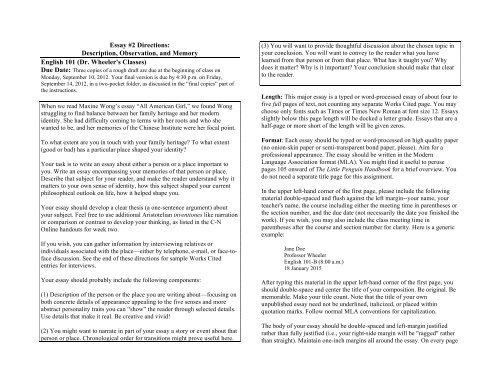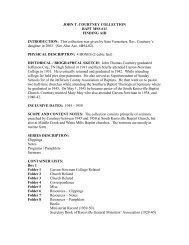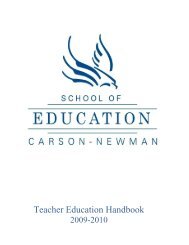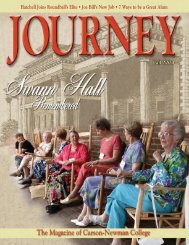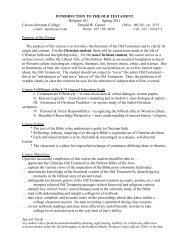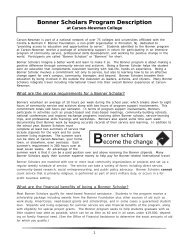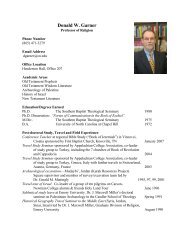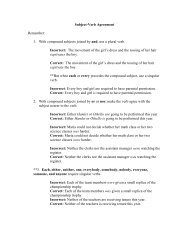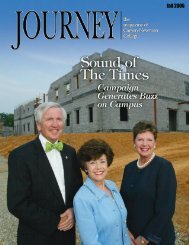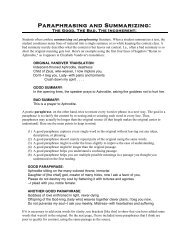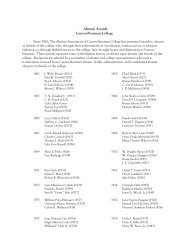Essay #2 Directions: Description, Observation, and Memory English ...
Essay #2 Directions: Description, Observation, and Memory English ...
Essay #2 Directions: Description, Observation, and Memory English ...
Create successful ePaper yourself
Turn your PDF publications into a flip-book with our unique Google optimized e-Paper software.
<strong>Essay</strong> <strong>#2</strong> <strong>Directions</strong>:<br />
<strong>Description</strong>, <strong>Observation</strong>, <strong>and</strong> <strong>Memory</strong><br />
<strong>English</strong> 101 (Dr. Wheeler's Classes)<br />
Due Date: Three copies of a rough draft are due at the beginning of class on<br />
Monday, September 10, 2012. Your final version is due by 4:30 p.m. on Friday,<br />
September 14, 2012, in a two-pocket folder, as discussed in the “final copies” part of<br />
the instructions.<br />
When we read Maxine Wong’s essay “All American Girl,” we found Wong<br />
struggling to find balance between her family heritage <strong>and</strong> her modern<br />
identity. She had difficulty coming to terms with her roots <strong>and</strong> who she<br />
wanted to be, <strong>and</strong> her memories of the Chinese Institute were her focal point.<br />
To what extent are you in touch with your family heritage? To what extent<br />
(good or bad) has a particular place shaped your identity?<br />
Your task is to write an essay about either a person or a place important to<br />
you. Write an essay encompassing your memories of that person or place.<br />
Describe that subject for your reader, <strong>and</strong> make the reader underst<strong>and</strong> why it<br />
matters to your own sense of identity, how this subject shaped your current<br />
philosophical outlook on life, how it helped shape you.<br />
Your essay should develop a clear thesis (a one-sentence argument) about<br />
your subject. Feel free to use additional Aristotelian inventiones like narration<br />
or comparison or contrast to develop your thinking, as listed in the C-N<br />
Online h<strong>and</strong>outs for week two.<br />
If you wish, you can gather information by interviewing relatives or<br />
individuals associated with the place—either by telephone, e-mail, or face-toface<br />
discussion. See the end of these directions for sample Works Cited<br />
entries for interviews.<br />
Your essay should probably include the following components:<br />
(1) <strong>Description</strong> of the person or the place you are writing about—focusing on<br />
both concrete details of appearance appealing to the five senses <strong>and</strong> more<br />
abstract personality traits you can “show” the reader through selected details.<br />
Use details that make it real. Be creative <strong>and</strong> vivid!<br />
(2) You might want to narrate in part of your essay a story or event about that<br />
person or place. Chronological order for transitions might prove useful here.<br />
(3) You will want to provide thoughtful discussion about the chosen topic in<br />
your conclusion. You will want to convey to the reader what you have<br />
learned from that person or from that place. What has it taught you? Why<br />
does it matter? Why is it important? Your conclusion should make that clear<br />
to the reader.<br />
Length: This major essay is a typed or word-processed essay of about four to<br />
five full pages of text, not counting any separate Works Cited page. You may<br />
choose only fonts such as Times or Times New Roman at font size 12. <strong>Essay</strong>s<br />
slightly below this page length will be docked a letter grade. <strong>Essay</strong>s that are a<br />
half-page or more short of the length will be given zeros.<br />
Format: Each essay should be typed or word-processed on high quality paper<br />
(no onion-skin paper or semi-transparent bond paper, please). Aim for a<br />
professional appearance. The essay should be written in the Modern<br />
Language Association format (MLA). You might find it useful to peruse<br />
pages 105 onward of The Little Penguin H<strong>and</strong>book for a brief overview. You<br />
do not need a separate title page for this assignment.<br />
In the upper left-h<strong>and</strong> corner of the first page, please include the following<br />
material double-spaced <strong>and</strong> flush against the left margin--your name, your<br />
teacher's name, the course including either the meeting time in parentheses or<br />
the section number, <strong>and</strong> the due date (not necessarily the date you finished the<br />
work). If you wish, you may also include the class meeting time in<br />
parentheses after the course <strong>and</strong> section number for clarity. Here is a generic<br />
example:<br />
Jane Doe<br />
Professor Wheeler<br />
<strong>English</strong> 101-B (8:00 a.m.)<br />
18 January 2015<br />
After typing this material in the upper left-h<strong>and</strong> corner of the first page, you<br />
should double-space <strong>and</strong> center the title of your composition. Be original. Be<br />
memorable. Make your title count. Note that the title of your own<br />
unpublished essay need not be underlined, italicized, or placed within<br />
quotation marks. Follow normal MLA conventions for capitalization.<br />
The body of your essay should be double-spaced <strong>and</strong> left-margin justified<br />
rather than fully justified (i.e., your right-side margin will be "ragged" rather<br />
than straight). Maintain one-inch margins all around the essay. On every page
including the first, insert a header with your last name <strong>and</strong> the page number.<br />
By viewing "header" on most word-processors, you can set up your document<br />
to automatically include such a header on each page.<br />
Final Copies: Submit your final copy in a two-pocket folder by 4:30 p.m. In<br />
the right-h<strong>and</strong> pocket, insert your final draft. In the left-h<strong>and</strong> pocket, insert<br />
copies of your rough draft used in peer evaluations, the directions (if printed<br />
out) <strong>and</strong> copies of materials or sources you cited in the paper (if any). You<br />
will add the "evaluating your evaluators" portion in-class on the day the paper<br />
is due.<br />
Formality: This major essay is semi-formal in tone. You may use firstperson<br />
pronouns ("I," "me," <strong>and</strong> "my") when appropriate, but avoid secondperson<br />
pronouns ("you" <strong>and</strong> "yours"), excessive contractions, slang, <strong>and</strong> other<br />
informalities if they do not enhance the work.<br />
TIPS:<br />
1. Thesis: It is your responsibility--even in a descriptive or narrative paper--to create a<br />
thesis--a statement presenting your basic point or argument to the reader in a<br />
clear, concise manner.<br />
2. Grammar: Grammar <strong>and</strong> neatness count. Because faulty grammar can lead to<br />
miscommunication, <strong>and</strong> sloppiness detracts from the author’s ethos in the paper,<br />
grammar <strong>and</strong> neatness are in many ways inseparable from content. Proofread<br />
essays before submission.<br />
3. Staples: I will not accept papers that are not attached together using paper-clips or<br />
staples. Dog-earing copies together is unacceptable.<br />
Some Interview Tips:<br />
(1) Ask open-ended questions using who, what, where, why, <strong>and</strong> how rather<br />
than questions that require one-word responses. Good strategies might be “tell<br />
me about. . . .” Or “what do you remember about. . . .”<br />
(2) Start with easy questions to make the interviewee comfortable.<br />
(3) Thank interviewees for agreeing to do the interview <strong>and</strong> talking with you.<br />
(4) If they are interested, offer interviewees a chance to look over what<br />
you’ve written to make sure you haven’t misinterpreted or misrepresented<br />
anything.<br />
Sample MLA Works Cited entries for interviews:<br />
Works Cited<br />
Doe, John. Personal interview. 6 Sept. 2011.<br />
Smithee, Alan. Telephone interview. 6 Sept. 2011.<br />
Wesson, Smith. E-mail interview. 7 Sept. 2011.<br />
4. Proofreading: Since you will probably use a word-processor, remember to use the<br />
spell-checker but also proofread visually. Your paper should be completely free<br />
of spelling errors.<br />
5. Preparation: Start early, rather than churn out inferior thinking on the night before<br />
the draft is due.<br />
6. Inventiones: Make use of pertinent <strong>and</strong> appropriate invention techniques for the<br />
process of development.<br />
7. <strong>Description</strong>: Make appropriate use of the five senses (visual, auditory, tactile,<br />
gustatory, olfactory description). Use general description for the sake of<br />
concision when appropriate, but pick certain important elements as places to<br />
pause <strong>and</strong> deliver specific detail. Remember the cardinal rule: show, don't tell.


